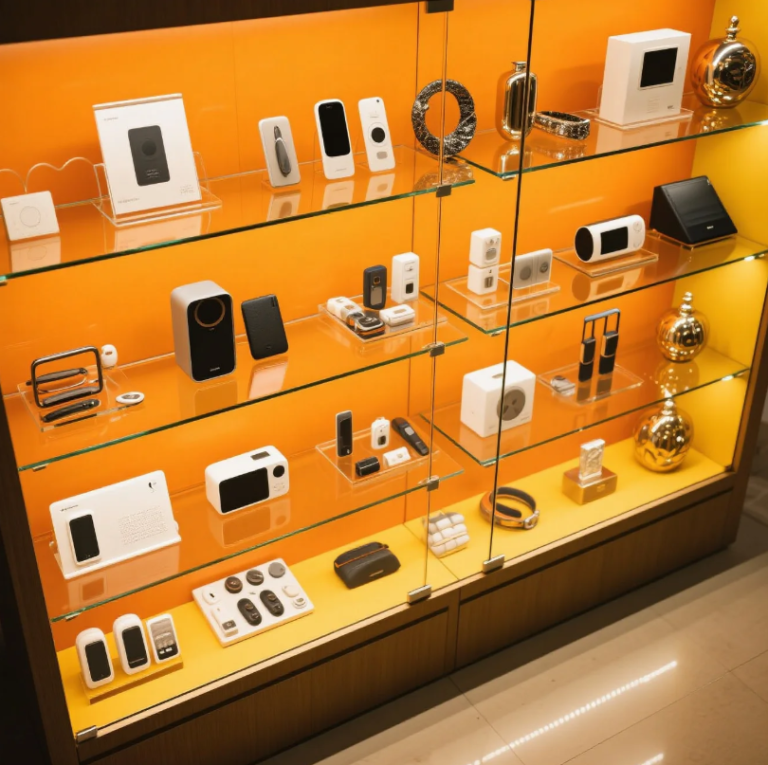
So, you’ve scored a fashion job interview—congrats! But before you start imagining your name on a Vogue byline or your designs on the next NYFW runway, there’s one crucial thing standing between you and that dream: your fashion portfolio.
Whether you’re applying for a design role, a styling internship, or a digital fashion content gig, your portfolio is more than just a visual resume—it’s your personal brand in PDF form. Yet too many talented fashionistas are sabotaging themselves with rookie (and sometimes cringeworthy) mistakes.
Let’s unpack the top five most common fashion portfolio mistakes in 2025 and exactly how to fix them before your next big interview.
1. Mistake: Overcrowding Your Portfolio With Too Much Work
The problem:
You’ve worked hard on countless designs, mood boards, and photoshoots—so you cram all of them into your portfolio hoping to impress. But what the recruiter sees? A chaotic mess with no clear direction.
Why it hurts you:
- Dilutes your strongest work
- Shows lack of curation and storytelling
- Overwhelms the viewer in the first 60 seconds (yes, they’re skimming)
Fix it:
✨ Curate, don’t clutter.
Pick 4–6 strong projects that showcase variety, consistency, and your unique fashion voice. Each project should include a:
- Concept or theme
- Process (e.g. sketches, materials, digital flats)
- Final result (garments, photos, styling outcomes)
🎯 Think quality over quantity—like a runway show, not a thrift rack sale.
2. Mistake: Ignoring the Importance of Storytelling
The problem:
You include technical sketches, fabric swatches, and outfit photos—but no context. The recruiter has no idea why you designed what you did or how it reflects your thinking.
Why it hurts you:
- Makes your work feel generic
- Doesn’t show creative direction or decision-making
- Fails to connect emotionally
Fix it:
🖋️ Add mini narratives.
For each project, include:
- A one-paragraph concept summary
- A few bullet points on your inspiration, audience, and process
- Keywords like “sustainable,” “gender-neutral,” or “Y2K revival” if relevant
Example:
“Inspired by the urban decay aesthetic of post-Soviet cities, this collection merges brutalist architecture with soft tailoring to explore the tension between strength and fragility.”
🧠 Your brain is just as hireable as your style.
3. Mistake: Using Outdated or Generic Layouts
The problem:
You’re still using a 2018 portfolio template—or worse, a clunky PDF full of pixelated JPEGs with Comic Sans titles.
Why it hurts you:
- Screams unprofessional
- Distracts from your actual work
- Feels dated in a fast-moving visual industry
Fix it:
🖼️ Upgrade your layout game.
In 2025, clean, minimalist layouts win. Use tools like:
- Adobe InDesign (classic, powerful)
- Canva Pro (beginner-friendly)
- Figma (collaborative & web-based)
Tips:
- Stick to 2 fonts max (e.g., one serif, one sans-serif)
- Use consistent spacing, margins, and grid systems
- Leave white space—let your work breathe
📱 Also: Make it mobile-friendly. Recruiters check on phones too.
4. Mistake: Skipping Personal Branding
The problem:
Your portfolio looks like it could belong to anyone. There’s no logo, no color palette, no signature vibe.
Why it hurts you:
- Fails to show who you are
- Doesn’t stand out from other applicants
- Lacks memorability in a stack of portfolios
Fix it:
🎨 Inject your personal brand.
Your portfolio should feel like you, not like a design school group project. Consider:
- A unique portfolio cover with your name and tagline (e.g., “Maxine Lee – Streetwear Storyteller”)
- A consistent color palette and type style
- A one-page “About Me” section with a current headshot and short bio
💡 Style your brand like you would style an outfit—intentional, cohesive, memorable.
5. Mistake: Not Customizing for the Job You Want
The problem:
You send the same portfolio to every brand—from edgy underground streetwear labels to high-end bridal houses.
Why it hurts you:
- Feels lazy or mismatched
- Doesn’t speak to the employer’s aesthetic or target market
- Misses the chance to show alignment
Fix it:
🎯 Tailor your portfolio like a bespoke suit.
Before the interview:
- Research the company’s style, values, and audience
- Reorder or swap projects to match their vibe
- Consider adding a custom intro slide with the company’s name and a note like:
“Curated for [Brand Name] – Streetwear Meets Functionality.”
💌 Customization = caring. It shows you want them, not just any job.

Bonus: Portfolio Delivery Tips (Because Presentation Matters)
✅ Save as both PDF and web-based format (like a Behance page or personal website)
✅ Name your files clearly: JaneDoe_FashionPortfolio_2025.pdf
✅ Bring a physical printed version if meeting in person (yes, still relevant!)
✅ Practice presenting it out loud in case you’re asked to walk through it live
Final Thoughts: Your Portfolio = Your First Interview
In 2025, your fashion portfolio is often reviewed before you even walk into the room—or Zoom call. It’s your handshake, your outfit, your opening line. Don’t let sloppy formatting, weak storytelling, or generic visuals cost you the job of your dreams.
✨ When done right, your portfolio won’t just get you interviews—it will make the hiring manager remember your name long after they’ve closed the tab.


